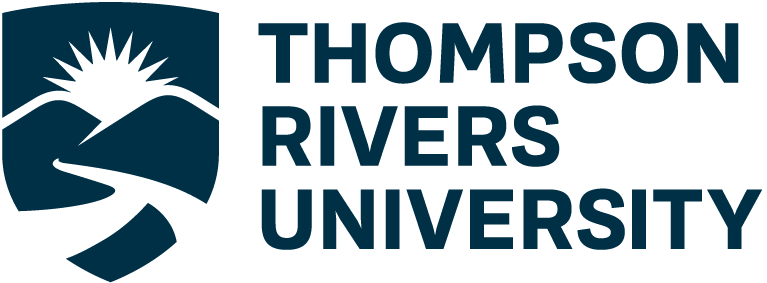BECOME: How can I share my findings?
How can I share my research with others?
There’s no right or wrong here, and you should share your work in the way that best matches the preferences and habits of your target audience. Did you discover something that might affect how other researchers view their own fields or approach their own projects? Then writing and submitting a paper to a conference or journal might be your best bet. Did you find out something that benefits people who might not spend their time reading through wordy and hard-to-read academic sources? Then public dissemination might work best for you. Here’s a guide on knowledge mobilization to help you get situated with these different strategies!
I have to present my work but have no idea how to go about it.
We’ve all been there – it’s scary to speak in public, especially if you’re doing so in front of a highly specialized audience in an event such as a conference, for example. Here’s a resource on presenting your work that can help you navigate and learn from this exciting new challenge you’re facing!

